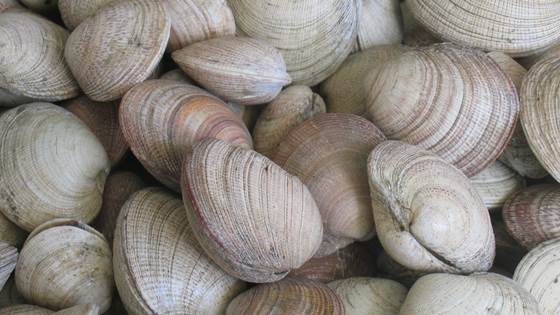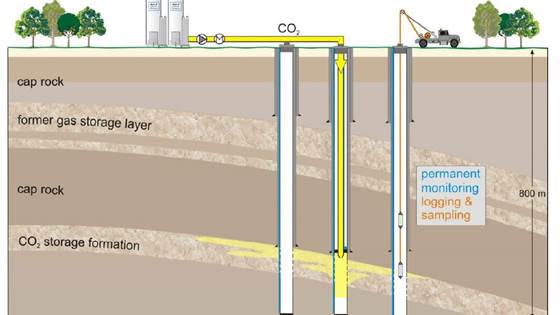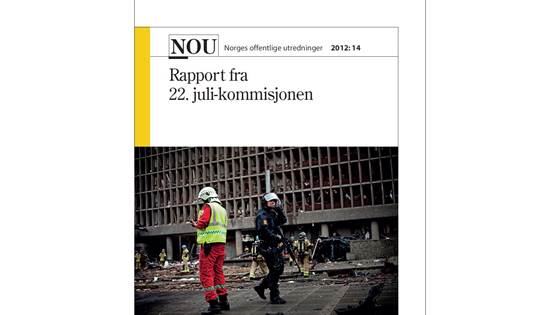
Artificial reefs to ensure biodiversity
Artificial reefs are manmade constructions that are deployed on the seabed and form the basis for the establishment of a new ecosystem.

Artificial reefs are manmade constructions that are deployed on the seabed and form the basis for the establishment of a new ecosystem.

We consider that € 40–120 million of the maintenance costs for concrete bridges, tunnels and retaining walls in the European Union could be saved by application of self-healing concrete.

COMPACTS aims to develop next generation design methodology and recommendations for materials standards that will allow design of more compact, lightweight and robust steam-based bottoming cycles that will promote their implementation across all...

The overall objective of BioCarb+ is development of new strategies for use of low-grade biomass, pulpwood and energy wood resources for biocarbon (BC) production for raw material for industrial applications (reduction agent / metallurgical coke) and...

The main goal is to define the content and the costs of an Environmental Impact Assessment (EIA) of possible phosphate mining off Namibia and on-shore phosphate processing.

Joint inversion and petrophysical characterization for improved CO2 monitoring at Ketzin and Svelvik.

Aircraft noise unquestionably causes annoyance, but reactions to a given noise exposure vary wildly. The Norwegian Defence Estates Agency and SINTEF ICT Acoustics have teamed up to strengthen the connection between the aircraft noise situation and...

DESSIN demonstrates and promotes innovative solutions for water scarcity and water quality / the implementation of the Water Framework directive (WFD) and shows the value of those solutions for the water sector and society by also demonstrating a...

The aim of this project is to transfer knowledge and experience accrued by Norwegian researchers and industry and adapt them to Lithuanian fisheries sector.

FASTCARD is aiming at achieving a faster industral implementation of biomass conversion to advanced biofuels in Europe by developing new catalyst and methodologies. The catalytic key processes comprise hydrocarbon reforming, CO2 FTS, hydrotreating...

Many of the materials we use on a daily basis are derived from petrochemical sources. Most plastics contain carbon from these finite resources. Therefore, the FUTURFEED project aims to find an alternative, renewable carbon source for the materials...

The aim of the IRPWIND is to foster better integration of European research activities in the field of wind energy research with the aim of accelerating the transition towards a low-carbon economy and maintain and increase European competitiveness.

Realistic reproduction of simulated environmental noise for mobile listeners

NEXUS is a research project that has received support from SAMRISK II program of the Research Council of Norway for the period 2014 to 1st of July 2017. SAMRISK II program aims to "increase knowledge about threats, hazards and vulnerability...

Offshore activities are subject to strict safety procedures to prevent accidents and to improve the working environment. This project will examine how supervision and monitoring of these procedures affect the safety of operations .

Development of New and Modification of Proposed Electrical Insulation Materials.Both well established and new, promising electrical insulating materials are tested, and further modified to change morphology and intrinsic properties.

The main goal of SunSiC is to introduce intermediate band materials as a basis for novelhigh-efficiency single junction multiple band gap solar cell technology in Norway. This is a “New Concepts” researcher project funded by the EnergiX program in...

The objective of SUWAM (Sustainable water management for resilience to climate change impact on society in South Africa) is enhancing resilience to climate change on society with focus on impacts in the water sector.